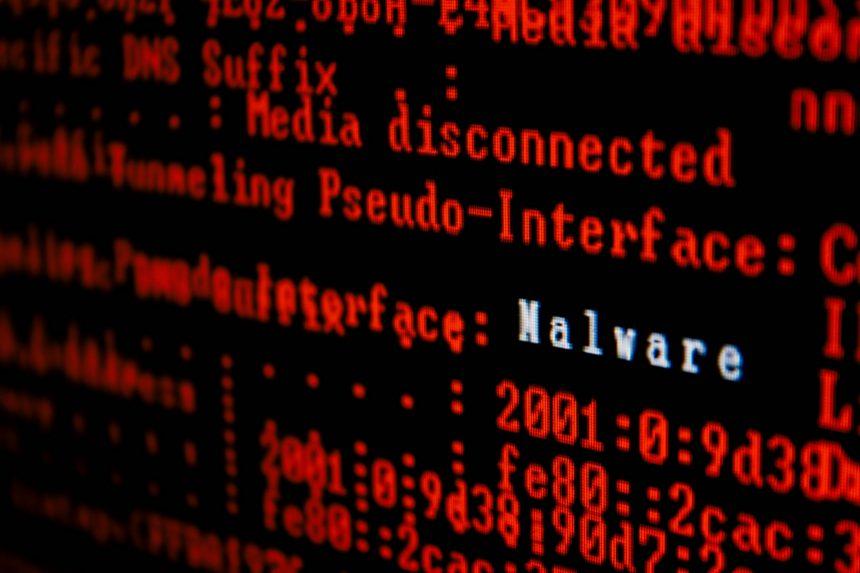Description of Threat
Skip-2.0 malware is a sophisticated type of Trojan that specifically targets SQL servers. It is designed to provide attackers with backdoor access to compromised systems, enabling them to bypass authentication processes and execute arbitrary commands. The primary function of Skip-2.0 is to stealthily infiltrate and maintain control over infected systems without being detected.
Why is Skip-2.0 Dangerous?
Skip-2.0 is particularly dangerous due to its ability to:
- Bypass Authentication: It allows attackers to gain unauthorized access to SQL servers by bypassing authentication mechanisms.
- Execute Arbitrary Commands: Once inside, it can execute any command, potentially leading to data theft, data corruption, or further dissemination of malware.
- Stealth Operations: The malware operates stealthily, avoiding detection by conventional security measures, which makes it challenging to identify and mitigate.
Infiltration Methods
Skip-2.0 malware typically spreads through:
- Exploiting Vulnerabilities: It targets vulnerabilities in SQL servers to gain entry.
- Phishing Attacks: Attackers may use phishing emails with malicious attachments or links to deliver the malware.
- Brute Force Attacks: Weak or default passwords on SQL servers can also be exploited to install the malware.
Once it infects a system, Skip-2.0 modifies SQL server binaries and introduces malicious code to facilitate unauthorized access.
Detection Names by Anti-Malware Programs
Different anti-malware solutions may refer to Skip-2.0 malware using various detection names, including but not limited to:
- Trojan.Win32.Skip2.0
- Backdoor.SQL.Skip
- Trojan:Win32/Skip2.0
- SQL.Backdoor.Skip2.0
Similar Threats
Similar threats to Skip-2.0 include:
- ShadowPad: A backdoor Trojan used for espionage, targeting software supply chains.
- SQLSnake: A worm that targets SQL servers to propagate itself and execute remote commands.
- Gh0st RAT: A remote access Trojan used for data theft and espionage.
These threats share common features such as bypassing authentication, executing arbitrary commands, and operating stealthily within infected systems.
Removal Guide for Skip-2.0 Malware
Step-by-Step Removal Instructions
- Isolate the Infected System: Disconnect the infected system from the network to prevent further spread.
- Backup Important Data Ensure that all critical data is backed up before proceeding with removal steps.
- Identify and Kill Malicious Processes: Use Task Manager or a process explorer tool to identify and terminate malicious processes related to Skip-2.0.
- Remove Malicious Files: Locate and delete any suspicious files associated with Skip-2.0, typically found in the SQL server directories.
- Scan with Anti-Malware Tools: Use reputable anti-malware software to perform a thorough scan and remove any remaining traces of the malware.
- Restore SQL Server Binaries: Replace compromised SQL server binaries with clean versions from a trusted source.
- Apply Security Patches: Ensure that all software, especially SQL server applications, are updated with the latest security patches.
- Change All Passwords: Update all passwords for SQL server accounts and ensure they are strong and unique.
Best Practices and Prevention Tips
- Regular Updates and Patching: Keep all systems and software up-to-date with the latest security patches.
- Strong Password Policies: Implement strong password policies and avoid using default or easily guessable passwords.
- Network Segmentation: Segment critical systems from the rest of the network to limit the spread of malware.
- Regular Backups: Regularly back up important data and ensure backups are stored securely.
- Employee Training: Educate employees on the dangers of phishing and safe online practices to reduce the risk of infection.
- Intrusion Detection Systems (IDS): Deploy IDS to monitor and alert on suspicious activities within the network.
By following these steps and implementing robust security measures, organizations can protect themselves from Skip-2.0 malware and similar cyber threats.
If you are still having trouble, consider contacting remote technical support options.





